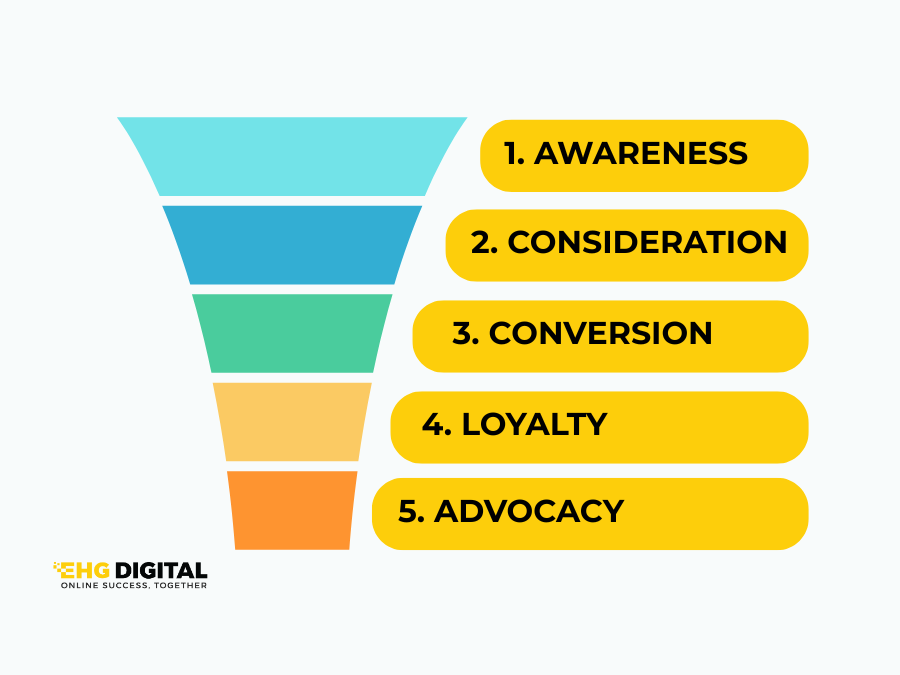
Email marketing isn’t dead, it’s just often done wrong. When done right, email funnels can become one of your highest-ROI marketing tools. They guide your audience from initial interest to action while building trust along the way.
In this post, we’ll walk you through how to build an effective email marketing funnel that actually converts leads into paying customers.
An email funnel is a series of automated messages that nurture a subscriber from awareness to decision.
Unlike a newsletter, a funnel is purpose-built to guide the user through a journey:
Done right, it works 24/7 to turn interest into income.
It all starts with the right magnet. If you're attracting the wrong audience, no funnel will save you.
Make the value immediate and relevant to your core offer.
The first few emails matter most. Your welcome sequence should:
Pro Tip: Don’t sell immediately. Focus on building a relationship.
Now that you’ve introduced yourself, it’s time to educate, inspire, and solve problems.
Send emails that:
This keeps you top of mind while building authority.
Not all subscribers are alike. Use segmentation and behaviour-based automation to tailor your messaging.
Examples:
Tools like ActiveCampaign, Mailchimp, or Klaviyo make this easy.
No funnel is perfect the first time. Measure:
Then test new subject lines, email timing, CTA buttons, and email length to improve.
A strategic email funnel builds trust, delivers value, and converts more consistently than one-off emails. With the right foundation, you can automate a huge part of your client acquisition process—without sounding robotic.
Let EHG Digital design a fully customised email funnel that turns your subscribers into paying customers—with messaging aligned to your brand.
👉 Request Your Free Email Funnel Audit